Winter squash are perfect for stuffing, roasting, souping, stewing, and seeding. Get the scoop on each variety.
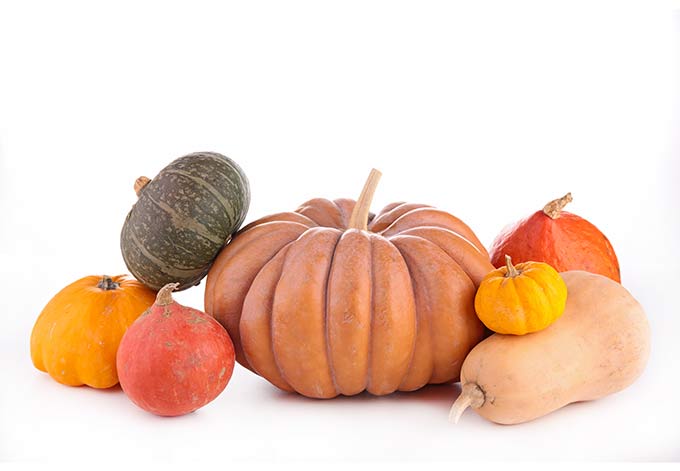
Jump to:
When are winter squash in season?
They start to show up in September and because of their long storage life, some varieties last through the end of winter. Store them in a cool, dry place and most will last a month, while others last 3 months or more.
See what else is in season at the same time at the farmers market: September, October, and November, and December. But you can also find them at the grocery store due to their longer storage capabilities: January, February, and March.
Different types of winter squash & their uses
When winter squash season starts in fall, I like to use the varieties with shorter shelf lives. Delicata, acorn, spaghetti, and honeynut squash are best eaten in September, October, and November.
Around mid-December, I switch to winter squash that not only store longer but have improved flavor with storage. These include butternut, kabocha and sugar pumpkins.
Acorn squash: Edible skin makes it perfect for roasting whole, in slices and stuffing. Mild flavor. Look for a green rind with little or no orange coloring on the outside (indicating it might have fibrous flesh).
Butternut squash: Great in pureed soups, chunky stews, or cut up and roasted. Mild with a sweet taste. Here's a tutorial on efficiently peeling & cutting up butternut squash.
Honeynut squash: A cross between butternut and buttercup - they look like a mini butternut squash. Their flavor is very similar, but sweeter and more intense.
Delicata squash: Edible skin makes this perfect for roasting and stuffing. The flesh is similar to a sweet potato (although yellow), and a bit more earthy.
Sugar pumpkin: Use this in place of canned pumpkin puree for pies. Also perfect for stuffing and roasting.
Kabocha squash: Slightly nutty and just slightly sweet flesh makes this a favorite winter squash for almost any use! The red version is sweeter.
Spaghetti squash: The flesh separates into spaghetti-like strands with raked with a fork. This makes it a trendy substitute for pasta, and also adds texture to dishes. To get long strands, cut the squash across the 'waist' because of how the flesh wraps around the inside.
Here's a tutorial on roasting spaghetti squash.
Different uses for winter squash
Edible skin
Fully edible squash (skin and all) are always fun and take minimal prep work. Acorn squash (with pretty scalloped edges) and Delicata are fan favorites. Technically, you can eat the skin on any squash, but thicker ones are just not pleasing.
I've tried eating the skin on roasted acorn and honeynut squash, neither of which I would recommend. They were tough and chewy and didn't have a great flavor. On the other hand, the skin of delicata squash cooks up perfectly tender.
Make sure to fully scrub squash that you plan to eat with the skin, to remove any wax coating it (or buy it fresh from a farmers market). Also avoid spaghetti squash skin, as it become cracked and flaky and no one wants to eat that!
Squash bowls for soup & stuffing
Any winter squash will work, but keep in mind some are fully edible and others aren't that great. Acorn and delicata are favorites again. This time, spaghetti squash is also a good option! Scrape the flesh into strands and fill it with sauce and other vegetables (just don't eat the skin).
Tips:
- Cut a tiny piece of the bottom off, so it doesn't wobble when stuffed.
- Scoop out the flesh and seeds, then roast it with a generous amount of butter or oil (or the flesh will dry out). Then stuff it, pour soup in it, or serve a fall salad in it.
- Make note of the shape - if the top comes in too far (like a typical pumpkin), it will be harder to eat out of it.
Roasting squash seeds
Just like pumpkin seeds, any squash seeds can be roasted in the same way. They are just as tasty as pumpkin seeds. The process is the same, except you also get to eat the flesh instead of just carving a pumpkin.
For a super fast snack, separate the seeds from the flesh - no need to rinse. Then toss the seeds in oil & spices, and roast at 375°F for 5-10 minutes (until they are crisp). Or follow my low & slow method for roasting any type of winter squash seeds to make them extra crispy and never burnt.
Winter squash recipe collection - stuffed, roasted, souped, and pureed.
Each recipe below only uses ingredients that are in season at the same time as different winter squash varieties, or ingredients that have a year-round season.

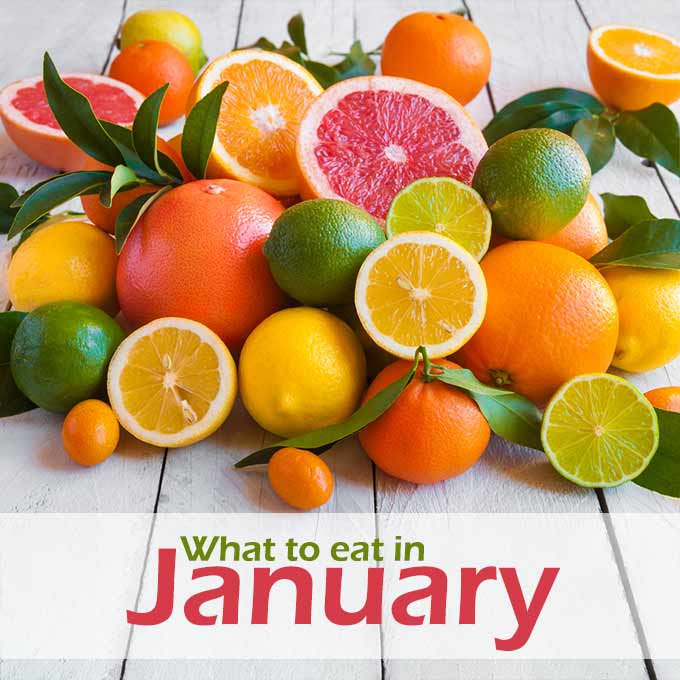


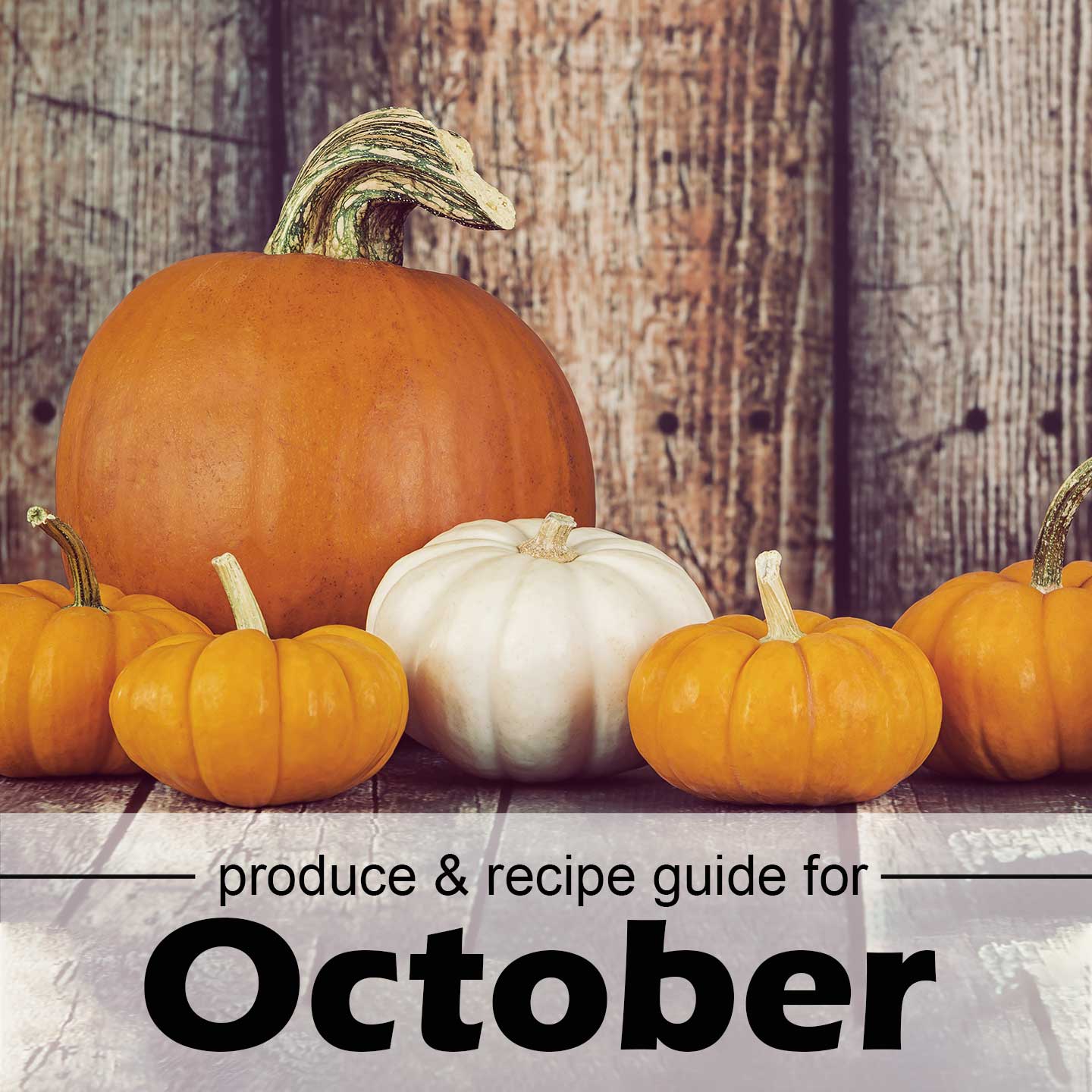
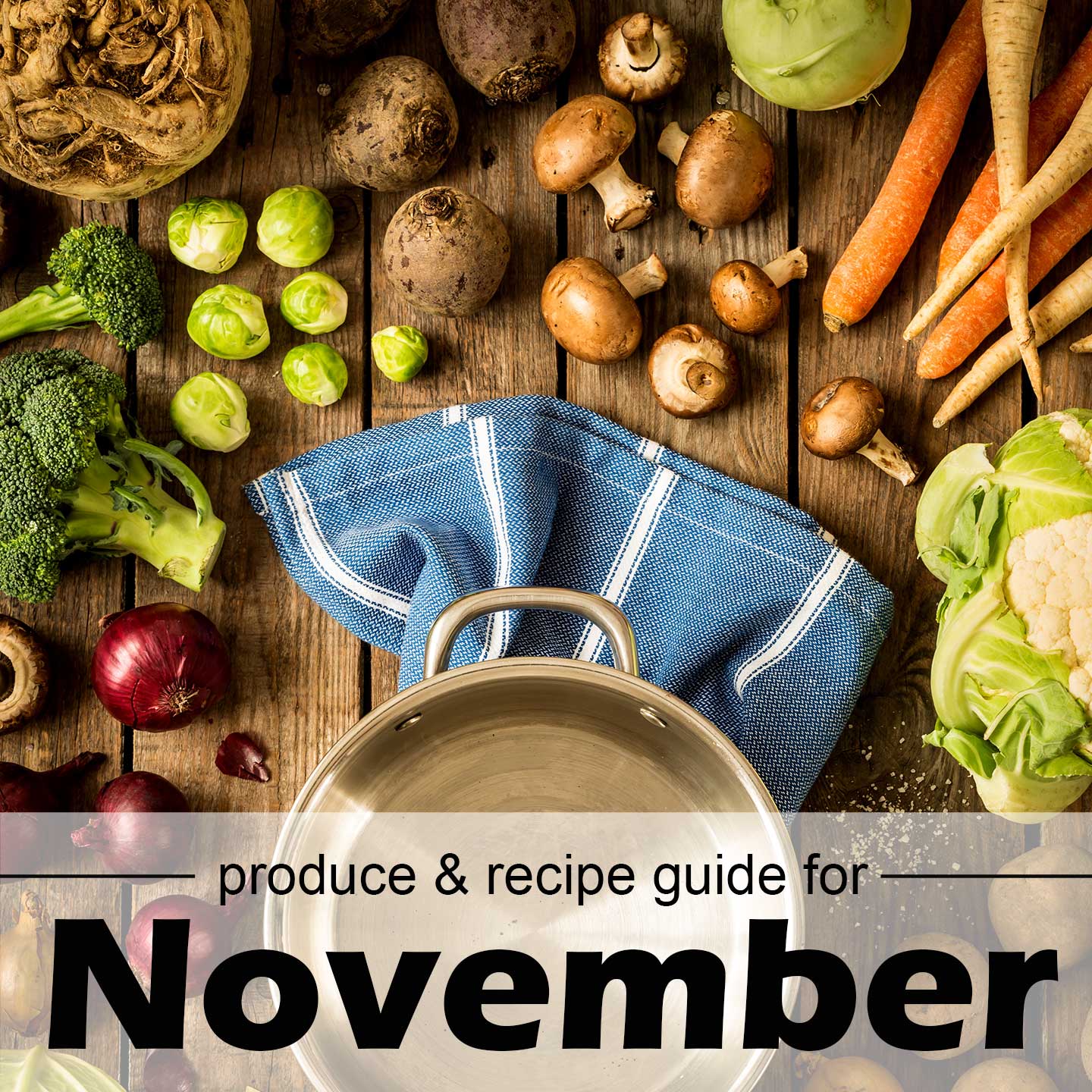
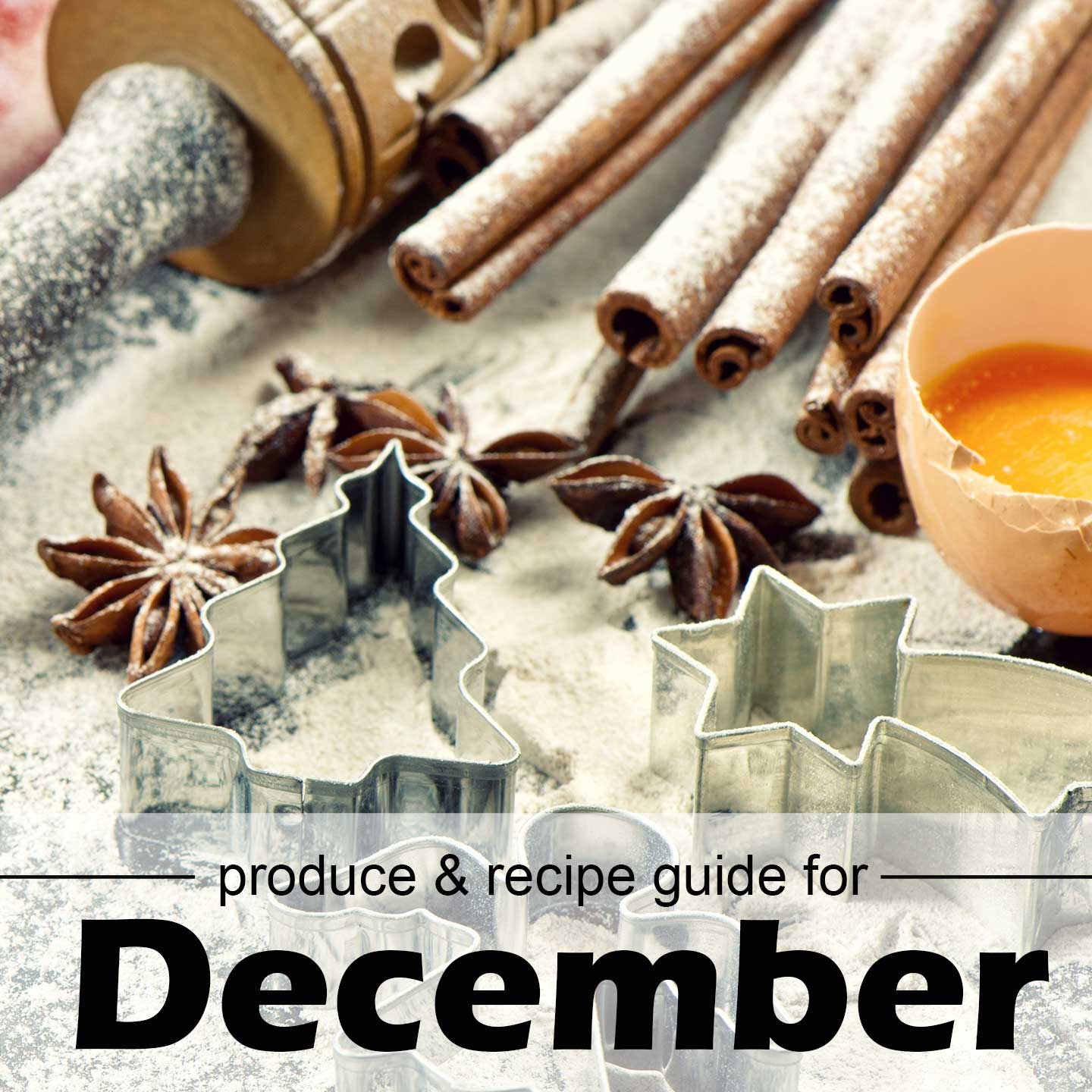

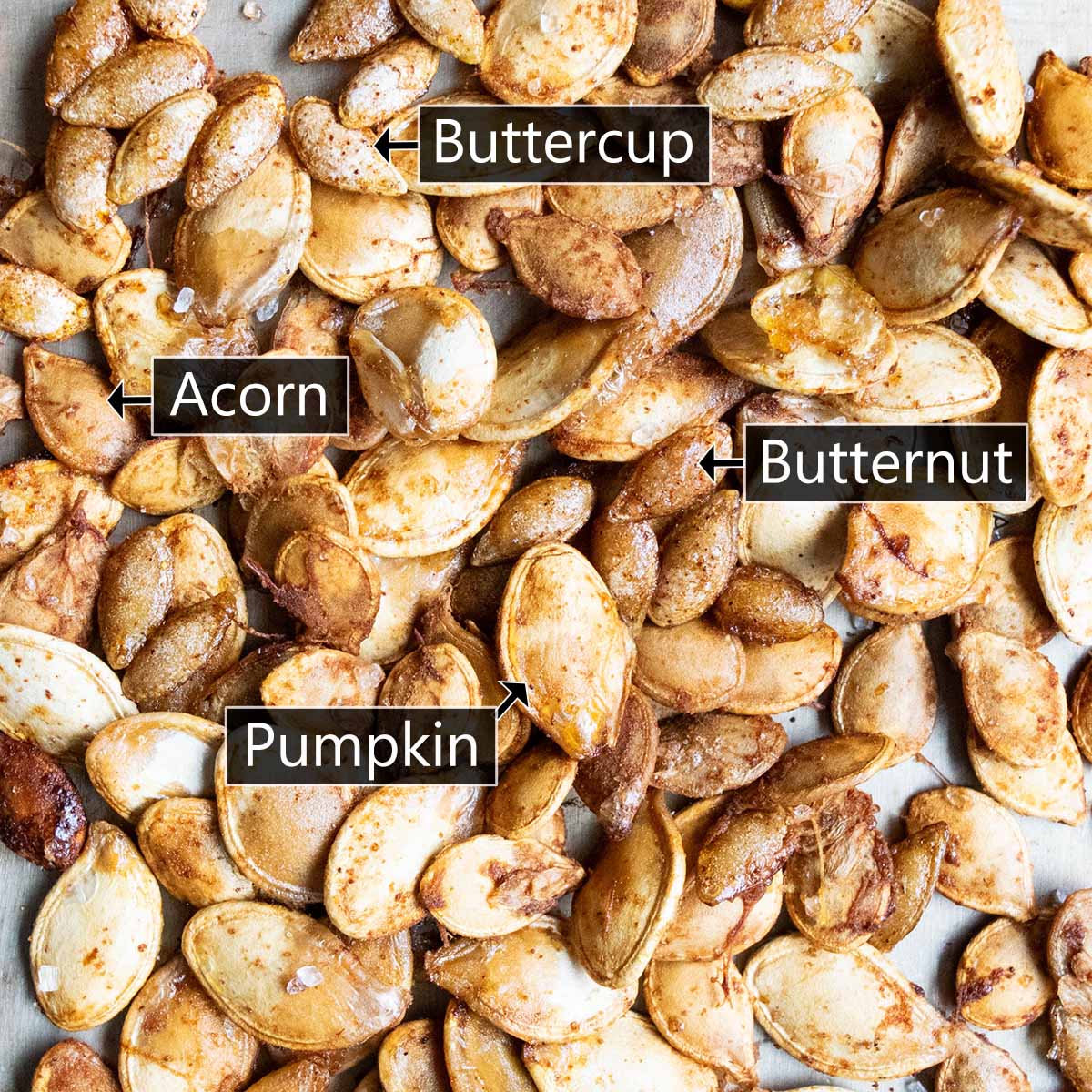








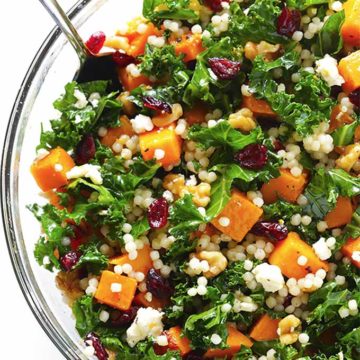



Leave a Reply